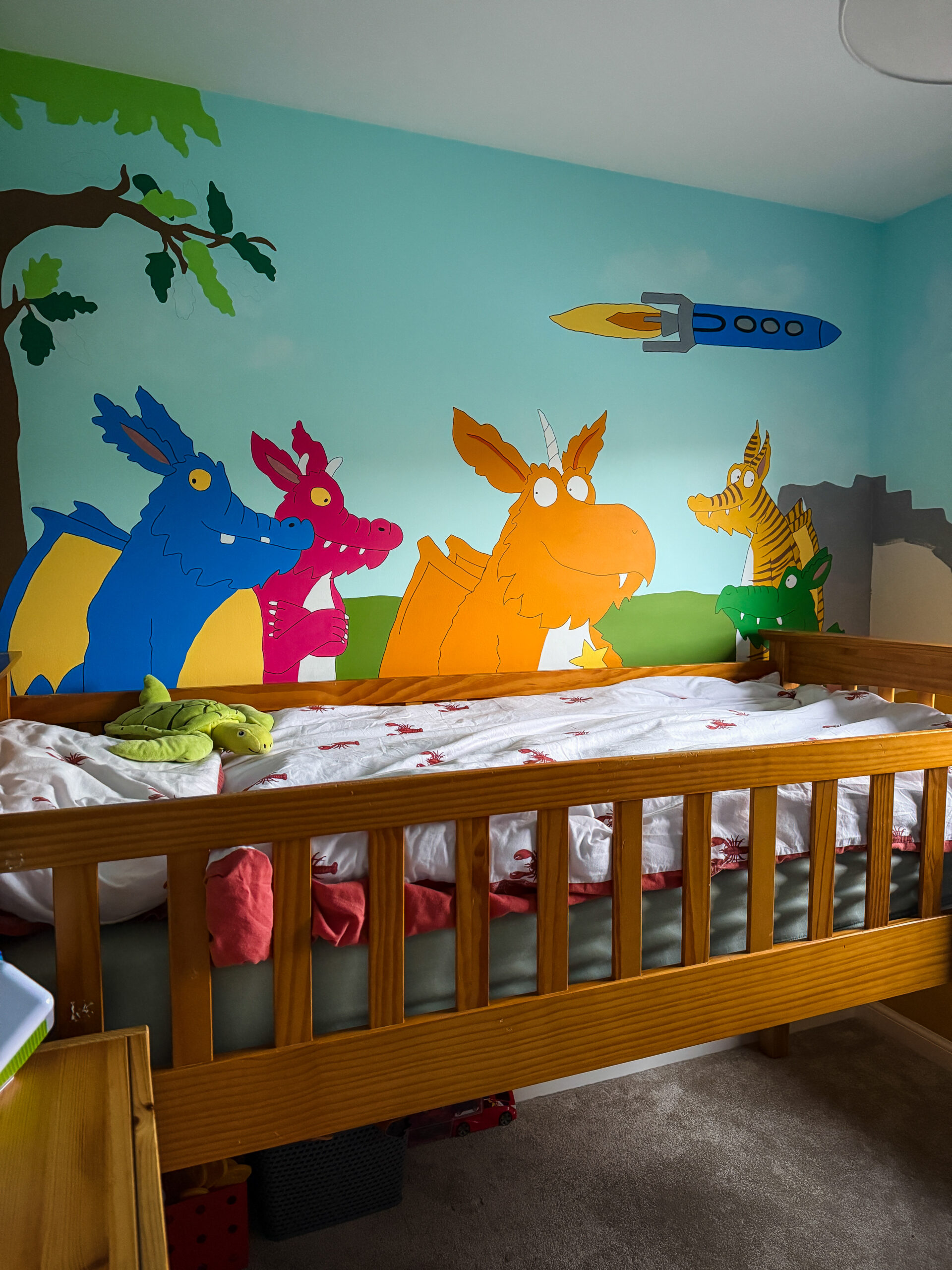How to Build a Garden Shed That Lasts Through Every Season
There’s something incredibly satisfying about having a shed that just fits — solid underfoot, dry inside, and built to handle whatever your local weather decides to throw at it. But anyone who’s had a shed start to sag, leak, or rot after a few years knows the frustration all too well. The thing is, a shed that lasts through every season doesn’t depend on luck — it depends on how you build it. From choosing the right materials to paying attention to the details most people skip, here’s how to make sure your garden shed stays standing proud for decades.

Choosing the Right Materials for Your Climate
The smartest shed builders don’t start by picking a colour or a cute window style — they start with climate. Where you live should shape every decision you make.
If your winters are wet or you live near the coast, moisture will be your biggest enemy. Go for pressure-treated timber that’s been kiln-dried — it resists rot and warping. Avoid cheap, untreated pine; it soaks up water like a sponge and starts falling apart faster than you’d expect. A simple layer of quality sealant goes a long way here, too — think of it as sunscreen for your wood.
Live somewhere hot or windy? Metal or composite sheds might serve you better. They’re tough, low-maintenance, and don’t flinch when the sun’s blazing or the wind’s howling. Just keep in mind that ventilation is non-negotiable — every shed needs a bit of airflow to stop condensation from building up inside. A few discreet vents or even a small window can make all the difference between a fresh shed and a musty one.
The Overlooked Step that Determines Shed Durability
You could buy the best materials in the world and still end up with a wobbly, waterlogged shed if you skip this part: the foundation. Your shed is only as strong as what it stands on — literally.
That’s where shed bases come into play. They’re the secret behind sheds that stay level, dry, and standing straight year after year. A proper base lifts your shed off the damp ground, lets water drain away, and keeps air circulating underneath to prevent rot. Plastic grid bases are especially clever — lightweight, eco-friendly, and easy to install. They work beautifully on uneven ground and stop weeds from creeping up. Concrete still has its place, but it needs perfect drainage to avoid puddles turning into problems.
The truth? Spending a bit of time (and yes, a little money) on your base can save you years of frustration. It’s not glamorous, but it’s the step that turns a quick weekend project into a shed that actually lasts.
Year-Round Maintenance Tips Homeowners Actually Use
Once your shed’s built, keeping it in good shape doesn’t need to be a full-time hobby. A few small habits, repeated through the seasons, will keep things solid and looking sharp.
1. Keep an eye on the roof. After a storm or every change of season, glance up. Loose shingles, damaged felt, or rusted screws are early warning signs. Catch them now, and you’ll save yourself a roof replacement later.
2. Give it a clean once in a while. A quick sweep or rinse keeps grime, moss, and mould from settling in. Dirt holds moisture — and moisture means trouble.
3. Re-seal and re-treat. Every year or two, top up your protective coating. Wood preservative, paint, varnish — whatever fits your material. Think of it as armour that needs the occasional polish.
4. Don’t let it suffocate. Good ventilation keeps your shed smelling fresh and stops condensation from eating away at your walls or tools. Crack the door on sunny days or fit a vent panel.
5. Stay organised. It sounds unrelated, but clutter traps moisture. A tidy shed breathes better — and makes spotting little issues (like leaks or pests) much easier.
Building for the Long Run
Building a shed that lasts isn’t about fancy tools or being a pro carpenter — it’s about paying attention to the stuff most people rush through. The right materials, a proper base, and a few mindful habits can turn a weekend build into something that stands firm for years.
When you do it right, your shed becomes more than just a dumping spot for garden gear. It’s a quiet, sturdy companion — part of the rhythm of your garden, standing tall through every season. Reliable, low-maintenance, and there when you need it. Just the way it should be.



